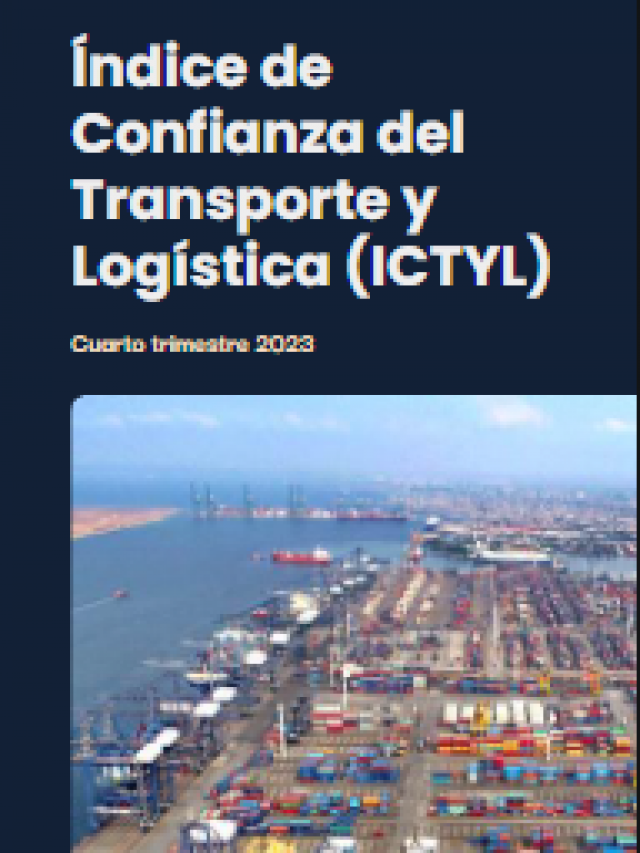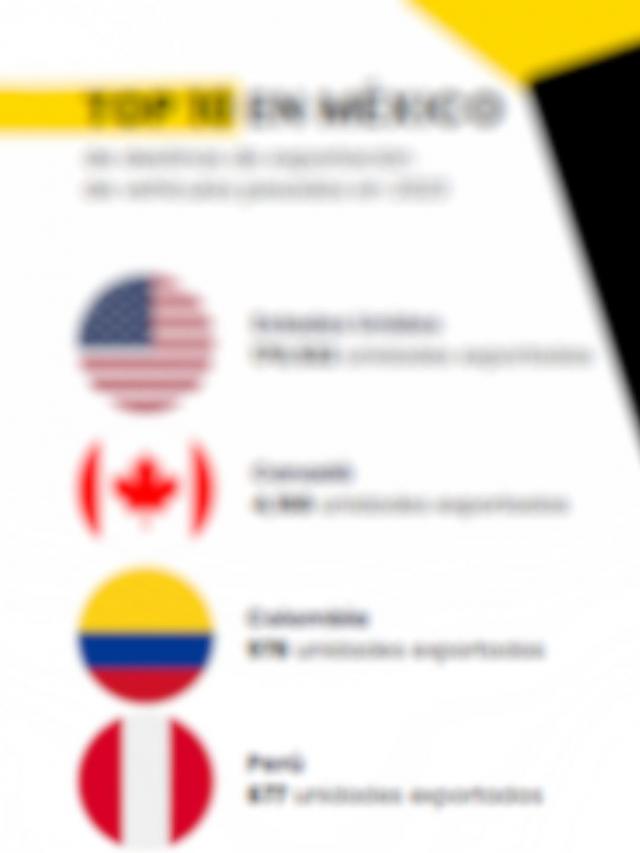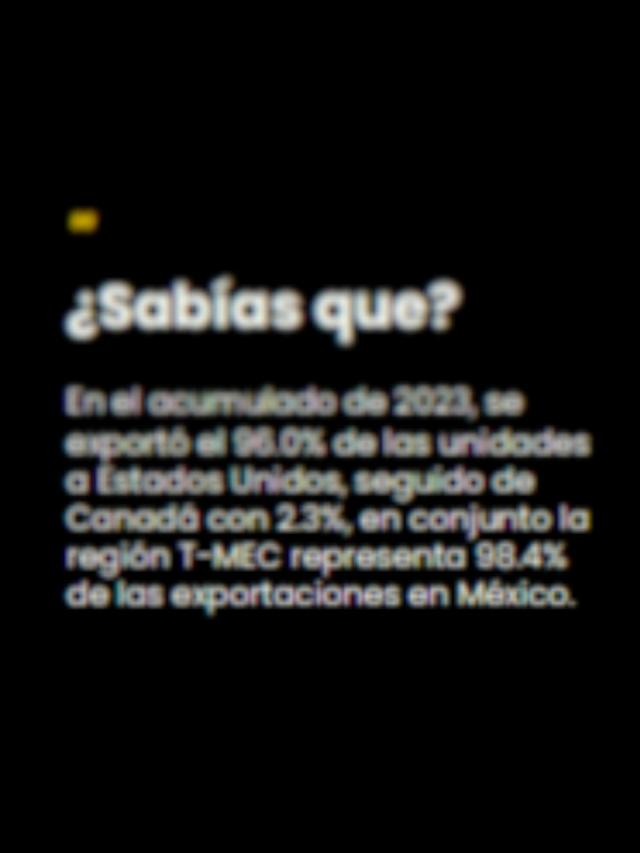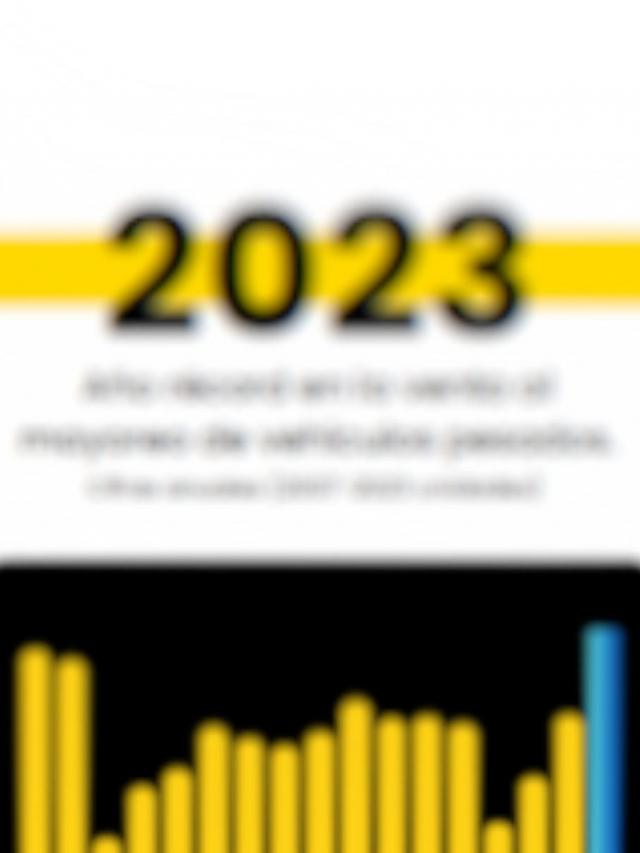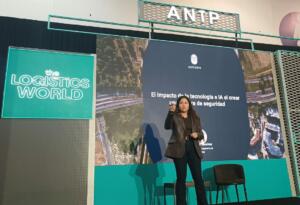
The insecurity in ground transportation in Mexico is alarming. To alleviate this situation, technology offers tangible solutions, according to Cristina Sánchez, Senior Manager of Pre-Sales Engineering at Samsara .
In the first six months of 2024, more than eight thousand cargo thefts were reported in Mexico. However, 87% of these incidents go undetected or unreported, which alarmingly increases the magnitude of the problem, as revealed by Sánchez during the conference ” The Impact of Technology and AI in Creating a Culture of Security ,” presented at The Logistics World Summit & Expo 2025.6
The specialist explained that 56% of the country’s Gross Domestic Product is linked to physical operational activities, such as transportation and logistics, making it essential to ensure their efficiency, sustainability, and safety.
According to Sánchez, the only way to do this in the face of a context of growing insecurity, shortage of operators, and rising logistics costs is through the strategic use of technology .
In his speech, he referred to the 12,099 road accidents recorded in the country in 2023. He said that 66% of these accidents were attributable to preventable causes , primarily driver distractions or recklessness , which represents an opportunity for concrete intervention.
In urban and suburban areas the situation is even more critical: more than 380,000 accidents were recorded during the same year, and in 96% of the cases it was concluded that they were preventable .
” What are we going to do about it? ” Sánchez asked, emphasizing that technology already makes it possible to detect this type of behavior and take action before it leads to an accident.
Among the solutions highlighted by Samsara are AI-powered dash cams , which not only record the road ahead but can also detect risky behaviors such as cell phone use, not wearing a seatbelt, or looking off the road. These cameras also identify external events such as lane invasion or potential head-on collisions.
In addition, Samsara promotes the use of personalized virtual training sessions , designed based on data obtained directly from the units. This way, each operator can receive specific feedback on their driving habits and learn specific areas for improvement, without having to physically attend a classroom.
“Every driver is different, and current technologies allow us to tailor training to individual needs,” Sánchez explained.
Sánchez shared several examples, with real-world figures, on the implementation of disruptive security technology:
- Several companies in the freight transport sector have implemented cameras, telemetry, and a driver app in their vehicles , allowing them to reduce false positives in their safety protocols by 90% .
- Companies saved more than 100 man-hours annually by eliminating manual processes after digitizing their workflows with Samsara.
- Thanks to monitoring, companies have seen a 40% improvement in performance .
Additionally, in a recent Samsara study of more than 1,500 operational leaders worldwide , 100% of respondents reported positive benefits from implementing technology solutions in their fleets.
The most notable changes were a 45% improvement in safety indicatorsand a 42% increase in workforce productivity .
At the local level, the trend continues. Sánchez noted that at least 50% of operations leaders in Mexico are already adopting these types of technologies , as part of a necessary transformation in the industry.
The platform has also demonstrated its capacity for large-scale impact. According to its figures, in one year, Samsara prevented 200,000 road accidents, digitized 230 million workflows, and generated 10 billion data points.
Furthermore, the estimated return on investment for customers who adopt these solutions is approximately eight times the initial investment .
Sánchez acknowledged that one of the main challenges companies face is staff resistance to change , especially when monitoring elements such as cameras are introduced.
For this reason, Samsara proposes integrating training from the first day of joining the company and clearly communicating that the goal is not to monitor, but to protect, train, and retain talent.
“What we want is for drivers to feel supported. If they feel cared for, they’ll stay,” Sánchez said.
Comment and follow us on X: @karinaquintero / @GrupoT21










